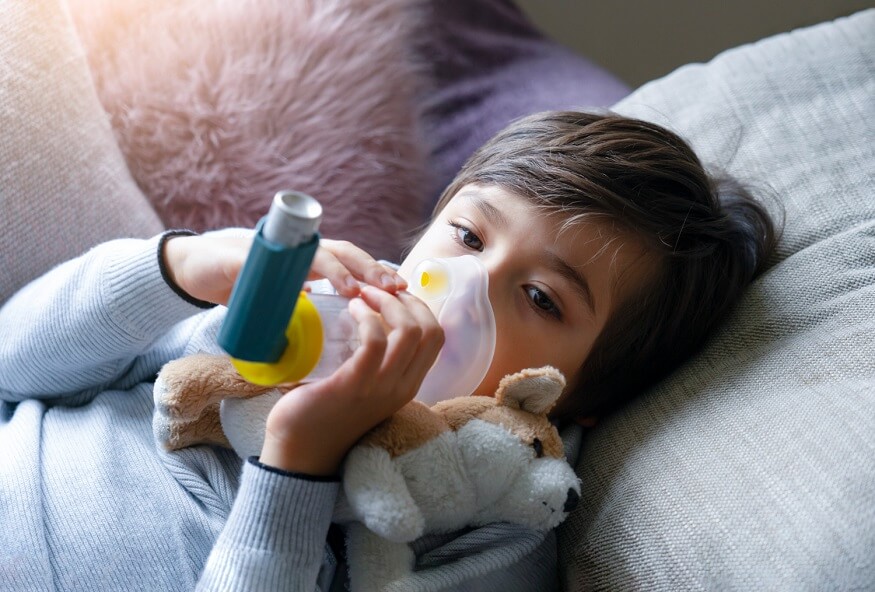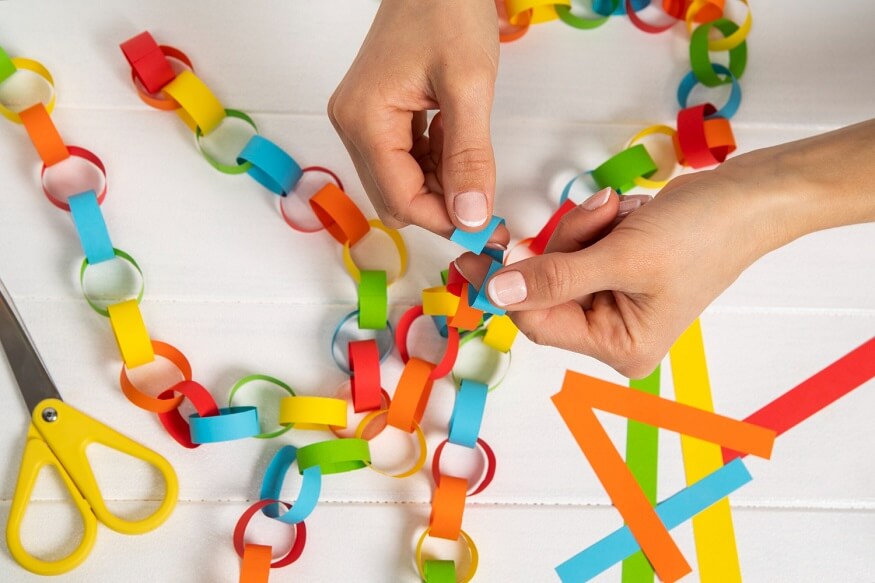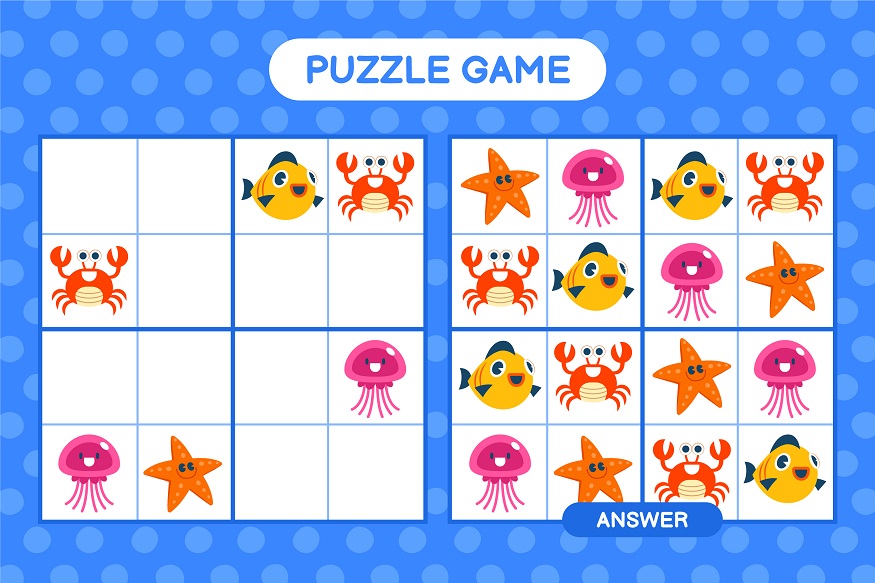A nebulizer is a machine used to deliver asthma treatment deep inside the lungs. In Nebulizer Uses, the medicine that you put into the machine starts off as a liquid and then turns into an easy-to-breathe vapour.
For children less than six, a mask is used. Children six years old and older wear a mouthpiece.
Children who use a nebulizer should be positioned upright to help them breathe in and out. It might help them sit still if you can provide them with something to do while they receive their prescription, such as reading a book. Make sure your child wears the mask for the entire treatment, which could last up to 15 minutes.
Also Read: Shivering with Fever: Causes, Treatment, and When to seek help
How do they work?
A nebulizer is a device used to administer aerosolized medications for inhalation. Nebulizer uses a fine mist of warmed liquid medicine. The medication can then be inhaled by the infant, who will then breathe more easily.
By forcing compressed air through the liquid, the nebulizer functions. The infant breathes it in through a mouthpiece or face mask once it has condensed into a thin mist.
Nebulizer uses:
Nebulizer uses on a baby: –
- Make sure the hands are well cleaned and dried.
- Prepare the mask, tubing, and nebulizer for assembly.
- Close the medicine cup carefully after adding the recommended dosage of medication.
- Connect the tube’s other end to the drug cup and the other end to the nebulizer.
- Make sure the infant is comfortable before applying the mask to their face.
- Turn on the nebulizer by plugging it in. There should be mist.
- It can take up to 25 minutes for some older nebulizers to deliver the medicine.
- To prevent wasting medication, shut off the nebulizer if the patient must halt the therapy.
- When the medication cup is empty, turn off the device.
After disassembling the nebulizer machine use, wash the medication cup and mask in warm, soapy water, then thoroughly rinse and let them air dry. After drying, store in a tidy location.
Also Read: How to Identify Bronchitis in Children, and How It’s Treated
Nebulizers when to use:
Nebulizer uses: One can even use the nebulizer when the baby is sleeping if the infant is overly active or afraid of the mask.
Nebulizer when to use for babies: The most efficient method for treating respiratory problems in infants who are unable to grasp a mouthpiece or utilise inhalers.
Nebulizer when to use for Children: Children with asthma or bronchitis require frequent nebulization. The child’s and the parents’ lives may be made simpler in this situation by purchasing a nebulizer for the home.
Nebulizer when to use for youngsters: Using a nebulizer gives the child fast relief from a cough and cold. With less hassle than taking oral medication, which many kids dislike, a nebulizer can do the same thing.
Guidelines to make Nebulizers function
Some infants struggle to stay motionless, and some may even try to fling the nebulizer machine used mouthpiece away. Some folks can find it challenging to verify the nebulizer uses and whether the nebulizer is operating because of this.
The following advice could be useful:
- Include the treatment in this daily routine as babies do better with routine.
- Introduce the nebulizer to a baby or infant, give it a special name, or make the procedure enjoyable by reading a story, singing, or using toys.
- Some infant nebulizers feature animal faces or other kid-friendly graphics that can assist in reducing their apprehension.
- If possible, place the infant in a highchair. Put them in your lap for support and comfort if this isn’t an option.
Diseases Nebulizers assist in treating
If a newborn has enlarged airways, experiences shortness of breath, or exhibits any respiratory problem that could be caused by:
- Lung infections caused by cystic fibrosis or chronic respiratory diseases like asthma.
- Pronounced allergy responses.
Children could exhibit signs like:
- Wheezing
- coughing
- fast breathing and breathlessness
- respiratory difficulties
- bronchitis recovery that takes a long time
Also Read: Top 10 Vitamin D Rich Foods to Add to Your Kids Daily Diet
Use of medication Nebulizer in children:
Many paediatric respiratory illnesses are treated in part by using aerosolized medicine for nebulizers. Aerosols can be used to deliver glucocorticoids, bronchodilators, antibiotics, mucus hydration agents, and mucolytic agents.
Aerosol therapy is frequently administered using nebulizer devices, especially to youngsters. Various nebulizers with differing capacities to administer medications to the lungs are available for use in the home and hospital. To verify the clinical suitability of a medicine for nebulizers, clinicians must consider how medicines for nebulizers function with care.
How to clean Nebulizers:
- Wash your hands thoroughly for at least 30 seconds with soap and water before beginning to clean your equipment. Most important Clean, then dry your hands.
- Make sure your workspace is tidy.
- Prepare the workspace by laying out all the necessary supplies.
- Put on an old shirt or clean apron over your attire.
This will prevent the germs off your clothes if you splash or spill dirty water.
Clean your child’s nebulizer after every use and disinfect it at least once each day.
What to do:
- Unscrew the cup or jar that holds the water or medicine for nebulizers.
- Take apart the tubes, connectors, and mask or mouthpiece.
- Clean all the parts with soap and water. Scrub them with a brush until all the mucus, phlegm, and material that should not be there is gone.
- Rinse the parts with water until all the soap is gone.
- Shake extra water off each of the parts.
- Clean the germs off (disinfect) the nebulizer with the right fluid. Ask your nurse or doctor what fluid is right to clean the medicine for nebulizers.
- After cleaning, the nebulizer machine use can be disinfected by soaking it in one of the following disinfectants: (Please choose one of the following):
household bleach (5 ml of 6% bleach in 8 ounces of Water): soak for 3 minutes 70% isopropyl alcohol: soak for 5 minutes.
Also Read: How To Handle Your Child’s Cuts and Bruises: First-Aid Lessons
Conclusion:
At Euroschool, Children learn more about the advantages and possible disadvantages of this breathing equipment by practising Nebulizers machine use. Medicine for Nebulizers can be used to treat coughs and other symptoms brought on by respiratory infections, though they are not always prescribed for a cough. They are particularly useful for younger age groups, who can find it challenging to use handheld inhalers.
Nebulizers must be purchased with a prescription. If you or a loved one has a chronic cough that could be treated with nebulizer treatments, consult a medical expert.










